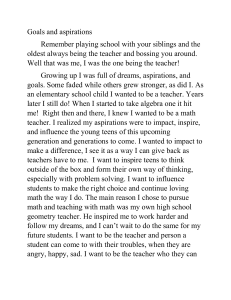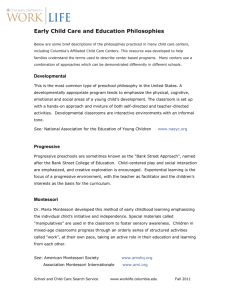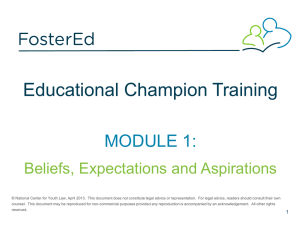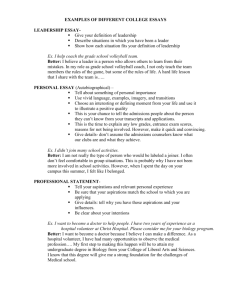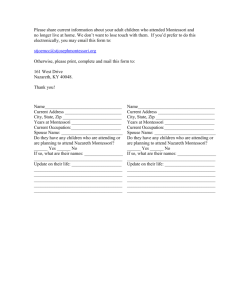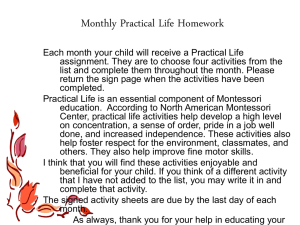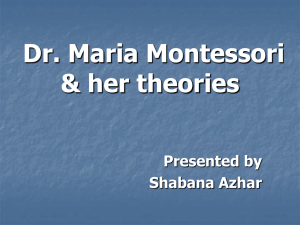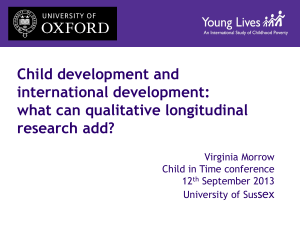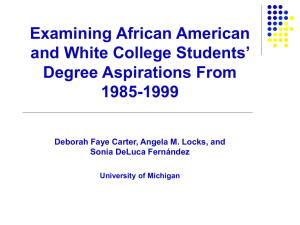Aspirations of Teaching Chekan Aspirations of Teaching Teaching
advertisement
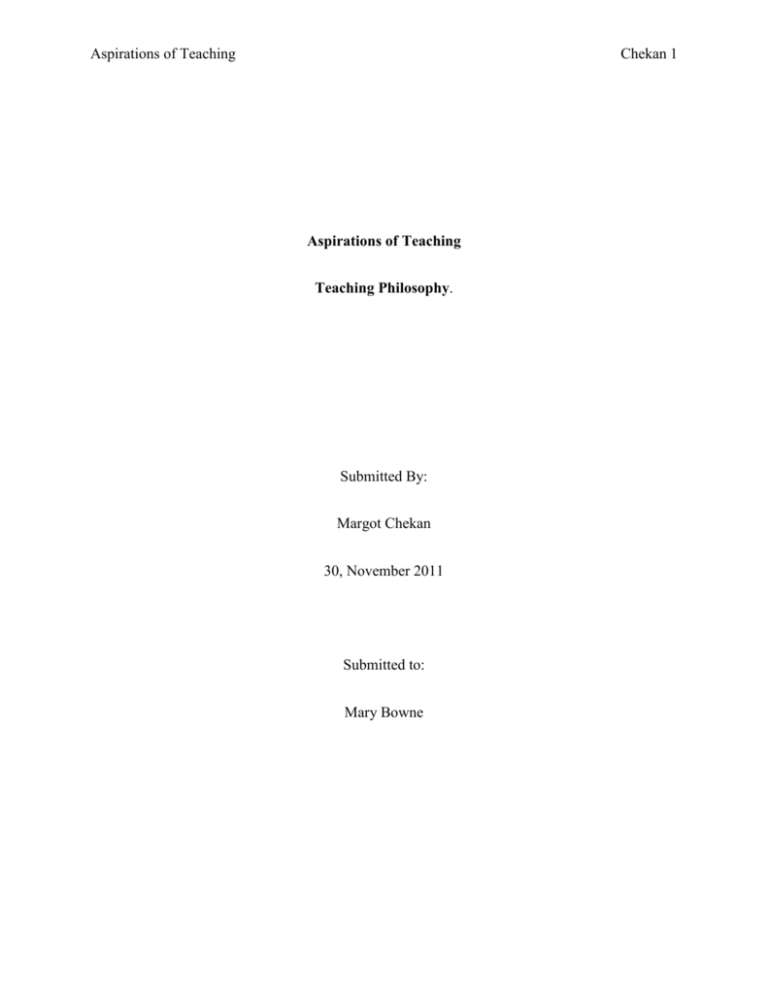
Aspirations of Teaching Chekan 1 Aspirations of Teaching Teaching Philosophy. Submitted By: Margot Chekan 30, November 2011 Submitted to: Mary Bowne Aspirations of Teaching Chekan 2 When people ask me why I wanted to become a teacher, I laugh and take a moment to respond. There are many reasons to that question and it is hard to pick just one. The one that I always respond with is, “I want to inspire a child to do great things and it only takes one person.” That is my favorite response. Teachers are responsible for creating great people. Sometimes a child may only have a teacher for encouragement; I want to be that person. Without teachers, there would be no success. I am at South Dakota State University, not because of my parents, not because of my friends, but of my will and the encouragement of teachers. Teachers can change lives and I want to be part of that process. As I try to think back to my elementary schools (I have been to four of them). I think of all the teaching practices that had taken place. None really stand out in my mind. I do not want to be that type of teacher. I want my teaching style to stand out. I want to let children be children not be robots behind a desk like I was. I want the children want to learn! I want to encourage them to embrace the new and to think for themselves. I believe that children can be more successful if creativity is incorporated into their lessons, which is why I will teach my future students to be creative. Recently, I had contacted Potomac Crescent Waldorf School in Virginia. They sent me some information on the theory of Waldorf. It looks inspirational. The children learn a main lesson in the morning, in depth and enhance it with poetry, modeling, drama and painting. This gives an opportunity to explore the topic in a number of ways. The children have a main lesson book where they record information but, include drawings to enhance the learning and make connections to the information given. These methods are designed so that “head, heart and hands” are in the learning process. What this means is that the intelligence is being demonstrated by taking notes in their main lesson books, their heart is in their drawings, and hands are doing Aspirations of Teaching Chekan 3 something. There are no spelling drills in the first grade because “according to Steiner, the young child is not ready for intense academic work” (Koetzch pg.11). I love that. Since the first grade, I have had severe test anxiety, and to this day have not overcome the dread I feel in my stomach when a test draws near. No child should have to have that much anxiety follow them through life. Since this method of teaching offers a child to think in many different ways, it is the perfect method for all students. Even though the students are being taught in a different way, they are still given the same opportunity as other schools. Montessori is another theory that I enjoyed reading about. Marie Montessori believed that the environment have an impact on a child’s learning. “She also believed that children learned best with sensory experiences (Mooney pg.25)”. By having a class room set up with labels on shelves it gives children an opportunity to be responsible for cleaning up and putting things away. It should be marked with pictures as well as the name of the object (pg. 27). Beauty is also incorporated into the learning process in this theory. Classrooms in the Montessori theory often times have fresh flowers on the book case, a famous painting displayed or having the room arranged in a special way to allow the maximum amount of sun light in. I want my classrooms to be bright and colorful. I have been a classroom where there was white everywhere. White walls, white book case, whiteboard. I felt trapped and often looked out the window. Having colors in a room invites the children in. It makes it more welcoming. I also believe that colors can help with moods. I love bright colors, to me they make me happiest. I feel cheerful when I see them. I want to be able to invite a child in, to be able to welcome them into the world of learning. Both of these methods I firmly believe in, because they give children the opportunity to have creativity. It teaches them responsibility how everything has a place, and a name. It gives Aspirations of Teaching Chekan 4 children who learn differently an opportunity to shine. I did my best on projects growing up because that is how I learned. With these two methods, I personally believe that many children will have the opportunity to love school. That is my main goal. I want every child to feel like they can accomplish something, to encourage them to be great, and to inspire them. Teachers are the foundation of life. Teachers can influence a student in many ways. I want to be able to inspire a child to be great. To be part of their life, and help them grow. Aspirations of Teaching Chekan 5 References Koetzsch R.E. (2001). Waldorf education: schooling the head, hands and heart. Fair Oaks CA: AWSNA. Mooney C. G. (2000). An introduction to Dewey, Montessori, Erikson, Piaget & Vygotsky. St. Paul, MN: Redleaf Press.
